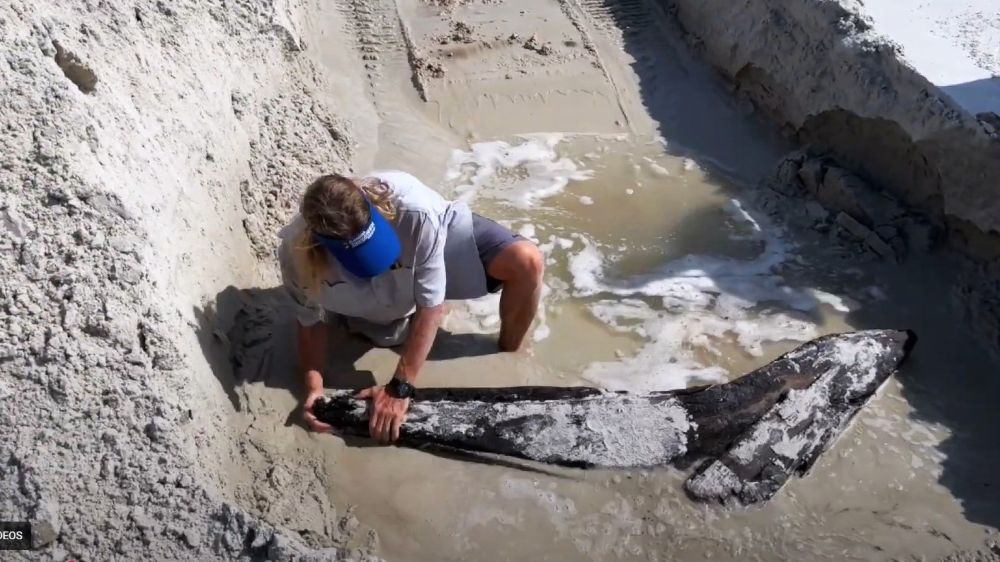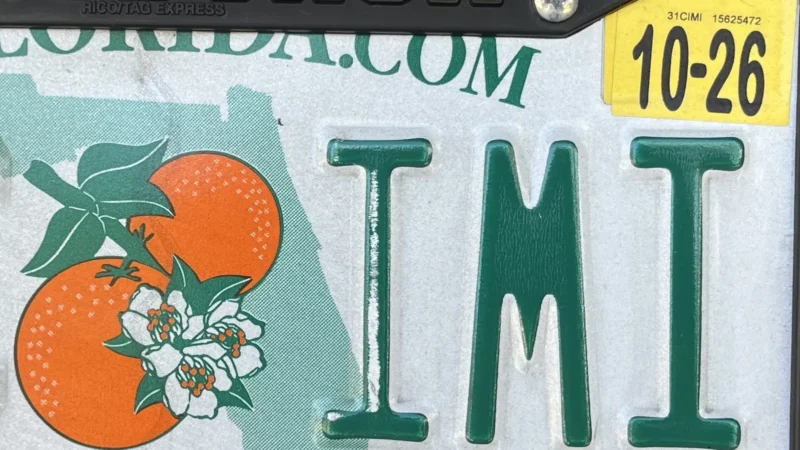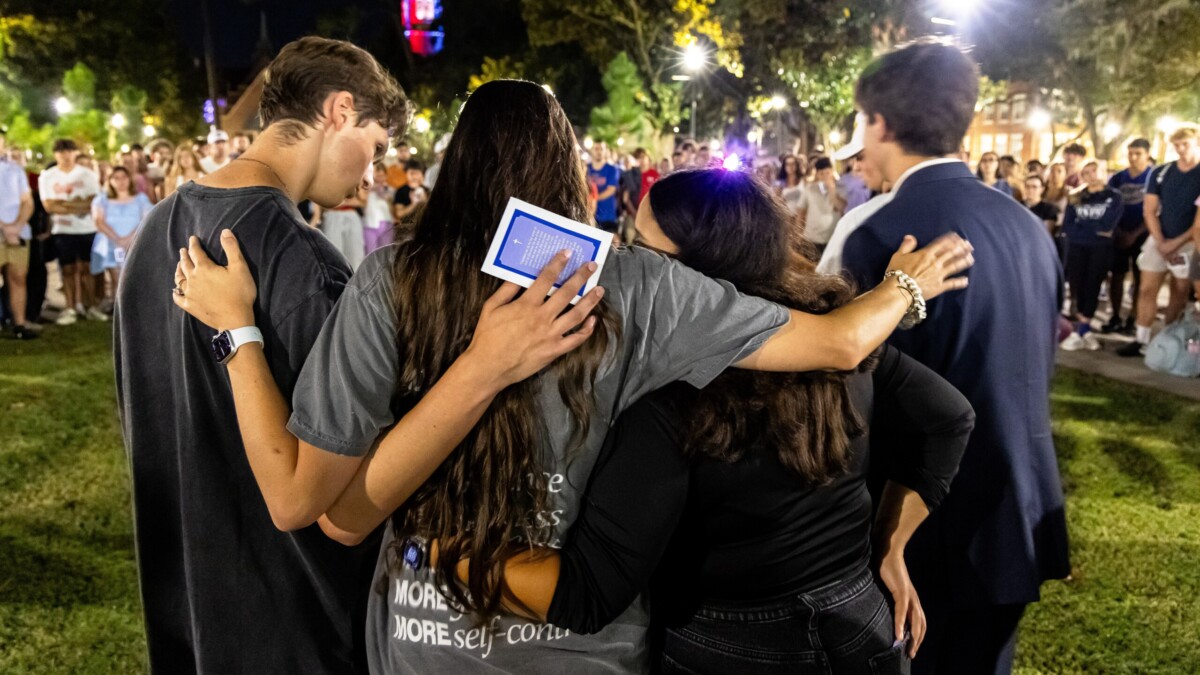Two fragments of an historic 19th century shipwreck have been discovered on Matanzas Beach.
One piece has been studied then reburied to protect it from the ravages of exposure. Another is soon to join it under the sands off Matanzas Inlet.
Researchers from the St. Augustine Lighthouse Archaeological Maritime Program — known as LAMP — identified both as possibly part of the Caroline Eddy, which ran aground during a hurricane in 1880.
These are vitally important pieces of the area’s maritime history, program Director Chuck Meide said in a video news release.
“They are the last of the physical remains of sailing ships that were once extremely important for day-to-day life,” he said. “Everything came in these wooden sailing vessels that were so important to the local economy and the national economy. America is a maritime nation.”
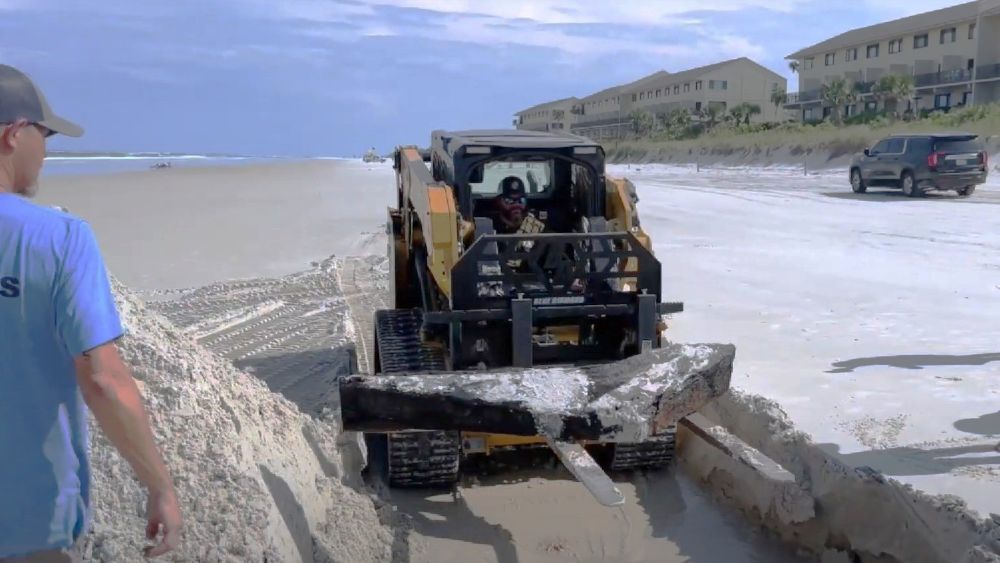
Pieces of the wooden hulls of ships that sank or ran aground in St. Johns County sometimes reappear as storms wash sand away or as waves deposit them ashore.
How the shipwreck appeared
The two pieces were found Aug. 26, deposited on the shore by Hurricane Erin, Meide said. St. Johns County Beach Services staff spotted the large timbers and took one back to its office on Pope Road for disposal, believing it to be trash, Meide said.
“As soon as they realized they had a historic shipwreck timber, they reached out to us at LAMP and assisted us every step of the way,” Meide said. “We got permission from the state of Florida to bury it, and [Beaches staff] showed up here with their Bobcat and helped us get this thing buried nice and deep so it will stay safe from looters and safe from the sun.”
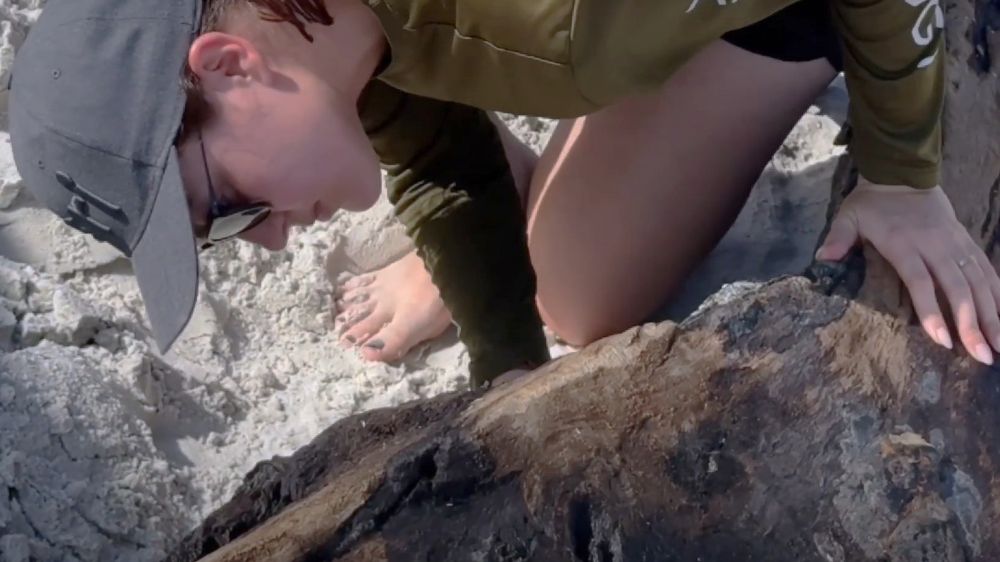
Meide said the piece they reburied had been exposed to sun and wind for five days, which damaged it and erased many of the marks on it that showed where shipwrights had carved it back then. But with the hundreds of digital images and measurements Meide and LAMP dive safety officer Airielle Cathers took, they can study it in depth.
GPS equipment was used to mark the wreckage’s location on the beach, after what is called photogrammetry got the measurements, Cathers said.
“It’s taking hundreds to thousands of individual photographs that we can then stitch together,” she said. “Now all we have to do is go home and feed all these images into our computer, and we will have an accurate three-dimensional model.”
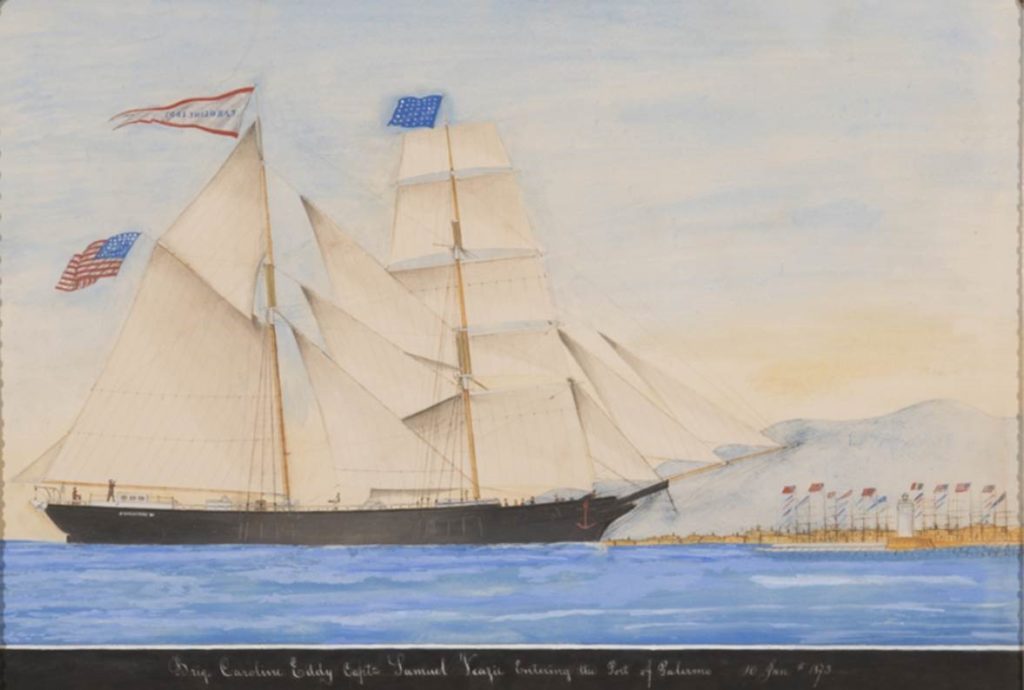
Meide said the Caroline Eddy ran aground in 1880 while carrying timber from Fernandina Beach. LAMP already found what is believed to be its bow wreckage in 2020.
Now the group plans to survey Matanzas Inlet soon to see if more of the Caroline Eddy can be found, Meide says.



